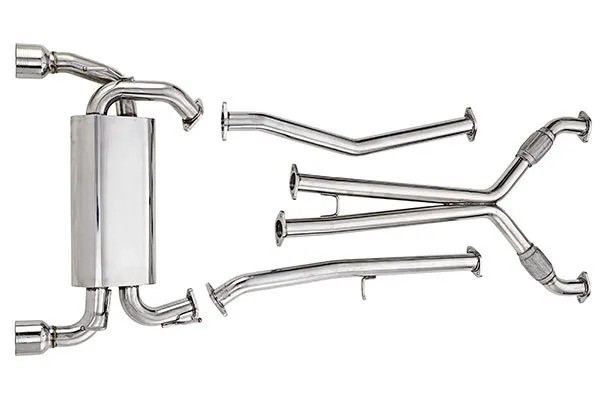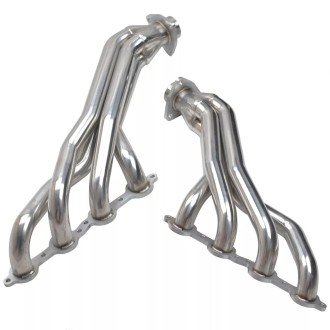Unlocking the Secrets of Exhaust Pipe Measurements: A Comprehensive Guide
In the realm of high-performance exhaust systems, the size of your pipes can significantly impact your vehicle's performance and sound. Understanding the dimensions of your exhaust components is crucial for achieving optimal results. While horsepower figures might roll off the tongue for some enthusiasts, exhaust diameters often remain a mystery. Fear not, as measuring your exhaust system is simpler than you think. Dive into this quick guide to demystify the world of exhaust pipe measurements with ease.
Outer Diameter vs. Inner Diameter When dealing with tubing, it's essential to distinguish between two key measurements: outer diameter and inner diameter. The outer diameter represents the distance from edge to edge, encompassing the tube's thickness. Conversely, the inner diameter refers to the space within the tube without accounting for its thickness.
Exhaust tips and mufflers typically use internal diameter measurements, as they slide over the exhaust pipe. On the other hand, most exhaust piping utilizes external diameter measurements to fit inside mufflers or tips seamlessly.
Measuring the Outer Diameter
- Exposed End: Use a tape measure or ruler to measure from one outer edge to the opposite outer edge across the center point.
- Blocked End: If the end is obstructed, employ dial calipers for measurement. In the absence of calipers, calculate the circumference of the pipe using a tailor’s tape and divide it by π (3.14) to determine the outer diameter.
Measuring the Inner Diameter
- Exposed End: Measure from the inside edge to the opposite inside edge through the center point using a tape measure or ruler.
- Blocked End: If the end is inaccessible, cutting the pipe becomes necessary for an accurate measurement.
Inlet vs. Outlet As exhaust gases flow in a singular direction from the engine to the tailpipe, variations in tubing diameters along this path are common. Verify both the inlet sizes (towards the engine) and outlet sizes (towards the tailpipe) when taking measurements.
Connecting Exhaust Components
- Lap Joint: When one pipe section fits inside another, a lap joint is formed. Secure this connection using a band clamp, U-bolt, or welding for a leak-free seal.
- Butt Joint: When two pipe sections share the same outer diameter, they form a butt joint, necessitating band clamps or welding for a secure linkage.





Validate your login